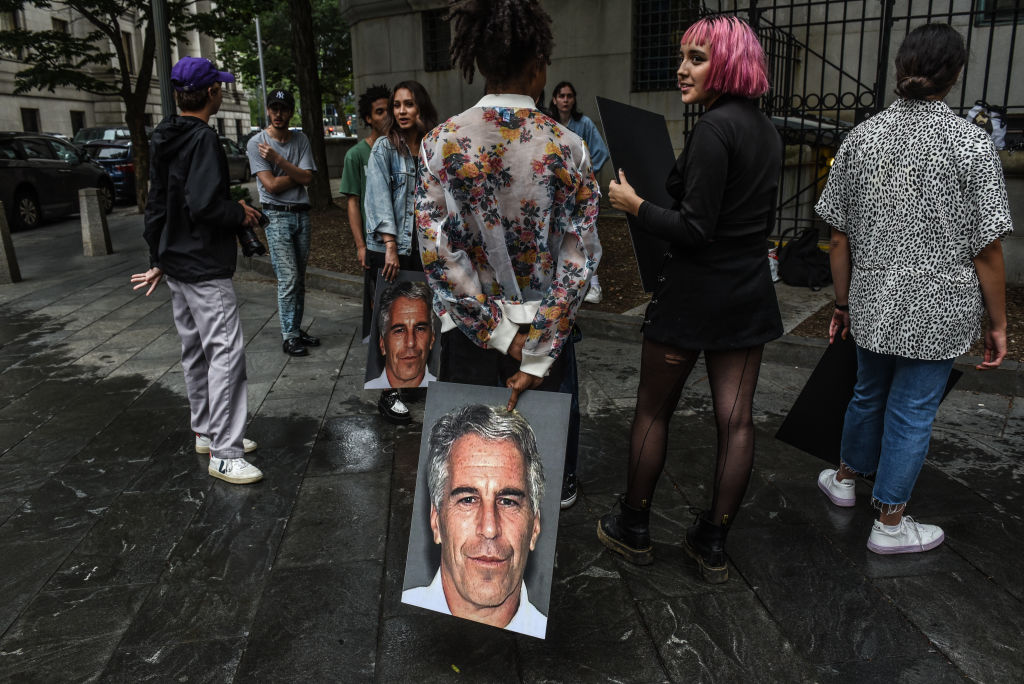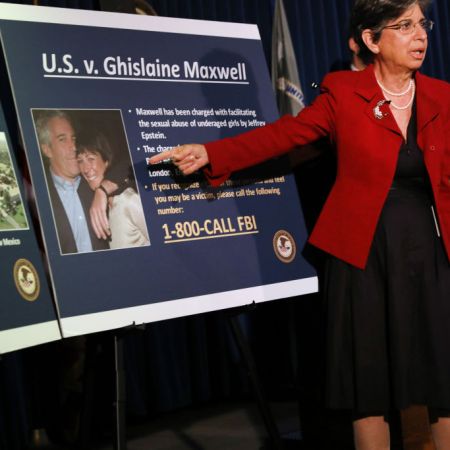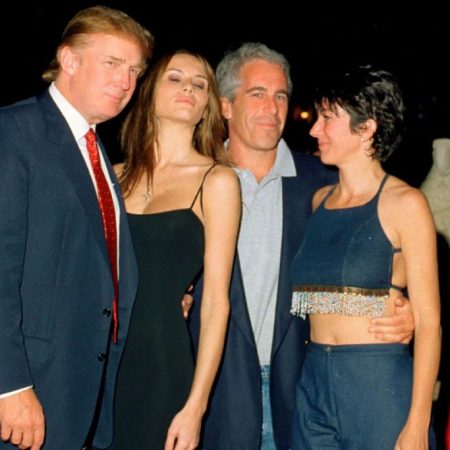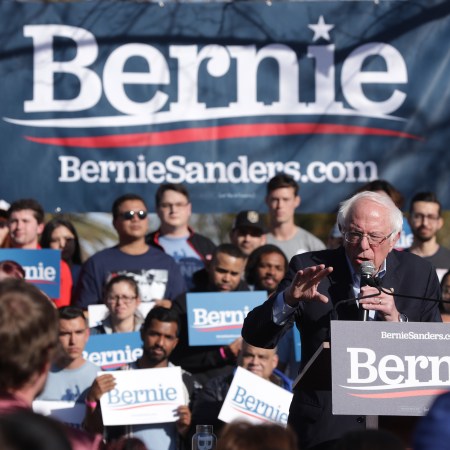The legacy left behind by convicted sex offender Jeffrey Epstein is one of shattered lives, abuses of power and pervasive corruption. Now, The New York Times has published a harrowing story that focuses on a surreal postscript to the Epstein case. It involves possibly fraudulent blackmail and a pair of lawyers for the rich and powerful — and, atop it all, an amount of data that, if it exists, could bring down a number of public figures.
The reporting by Jessica Silver-Greenberg, Emily Steel, Jacob Bernstein and David Enrich encompasses a sprawling narrative. It begins with a man using the pseudonym Patrick Kessler meeting with a pair of lawyers, David Boies and John Stanley Pottinger. (You might recognize Boies’s name from some of his more infamous clients as of late, including Harvey Weinstein.)
Why was Kessler there? He told Boies and Pottinger that he had access to Epstein’s data archive — which included horrific acts which he said he wanted to expose. “The videos, Kessler said, captured some of the world’s richest, most powerful men in compromising sexual situations — even in the act of rape,” the authors write.
Boies has been working on behalf of several of Epstein’s victims recently, which makes his involvement in this very understandable. Adding to the bizarre details of the case is Kessler himself, a hard-drinking man with a penchant for wearing flip-flops. But Kessler’s background, always nebulous, began to attract scrutiny — leading to questions of his own veracity.
The article also points to a more uncomfortable point which extends beyond the specifics of Epstein’s case. The authors write about “[t]he extraordinary, at times deceitful measures elite lawyers deployed in an effort to get evidence that could be used to win lucrative settlements — and keep misconduct hidden, allowing perpetrators to abuse again.” The full implications of their work can take some time to fully process, but what they reveal is unsettling on numerous levels.
Subscribe here for our free daily newsletter.
Thanks for reading InsideHook. Sign up for our daily newsletter and be in the know.


















